The Everglades, established in 1947, was the first National Park created specifically to protect a threatened ecological system. It was a good decision since only 25% of the original Everglade ecosystem is left and wading birds using the area to nest has decreased by 93%.
The whole tip of Florida is a 1-3 foot deep “river of grass” draining water from Lake Okeechobee to the Gulf of Mexico, Florida Bay and Biscayne Bay which creates a habitat like no other in the world.
Unfortunately, humans always manage to mess with natural wonders until they are no longer natural wonders. In this case, the humans built 1,400 miles of canal, levees and water control devices to drain some areas for farmland and to provide water for a growing population.
left: Softshell Turtle.
right: Common Moorhen.
The result was the destruction of 75% of the everglades with a disruption of the natural water flow to the rest. The area remaining is 60 miles wide and 100 miles long and the Florida Panther, Snail Kite, American Crocodile, Loggerhead Turtle, Manatee and Southern Bald Eagle are now on the endangered or threatened species list. (Unfortunately for us, there are still plenty of mosquitos!)
left: Airplants.
right: Greenback Heron.
We took a ranger guided hike on the Anhinga Trail which revealed an amazing amount of wildlife. Driving through the park, one sees nothing but sawgrass and cypress hammocks for as far as the eye can see. It takes a walk through the park to see the wildlife that depends on the habit for their continued existence.
right: Baby alligator.
left: Banded Water Snake.
right: Bream
above: Anhinga
On the .8 miles walk, we saw numerous alligators, anhingas, green back herons, ibis, wood stork, great white heron, large mouth bass, florida gar, loggerhead turtle, soft shell turtle, banded water snake and the common moorhen. And that was just a few of the animals that call the Everglades, home.
left: The alligators didn’t seem to mind that the people were there.
The ranger chose the Lil’ Dude to help with a demonstration on how to estimate the size of an alligator. Evidently, the length from their eyes to the tip of their nose in inches relates to their size in feet (8 inches = 8 feet). We saw many alligators from a baby that was about 18 inches long to an adult measuring approximately 12 feet long. The largest one ever seen in the park was 17 ft. 5 in. long!
left: I am used to passes measured in “thousands”of feet.
right: Another ranger badge.
As we have toured the U.S., we have seen the recurring theme of mans destruction of fragile ecosystems. Fortunately for the Everglades, a bill was passed in 2000 which plans for a 30 year restoration project to restore the natural flow of water to the remaining wetlands. Time will tell if man can “right” some of his past “wrongs”.
above: Greenback Heron mom and babies.
“The miracle of light pours over the green and brown expanse of saw grass and of water, shining and slowly moving, the grass and water that is the meaning and the central fact of the Everglades. It is a river of grass.” Marjory Stoneham Douglas


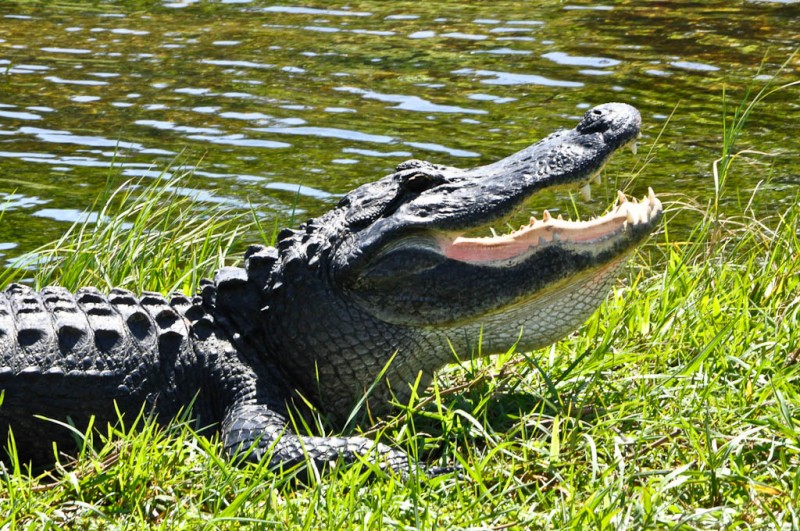
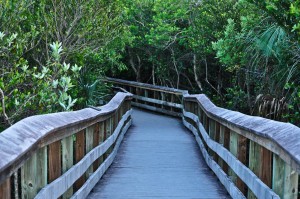
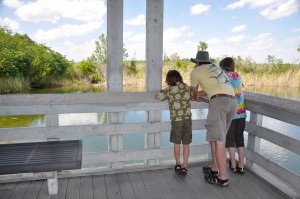

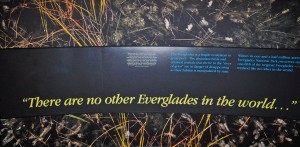
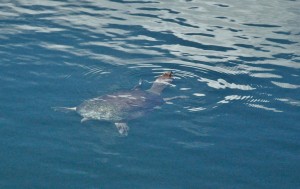
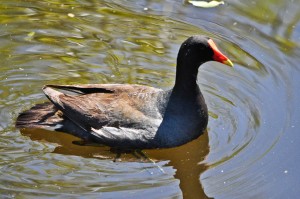


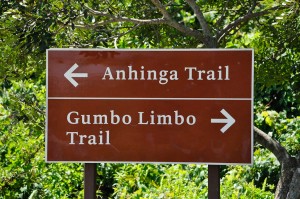
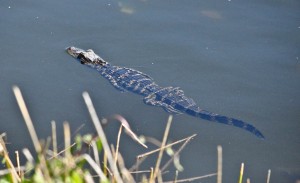
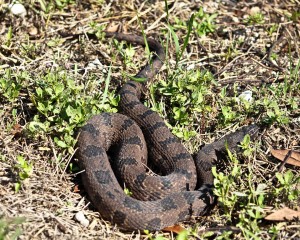

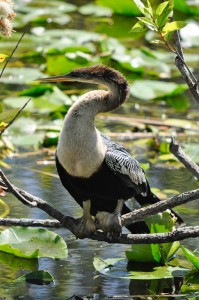


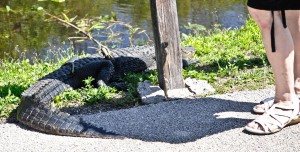
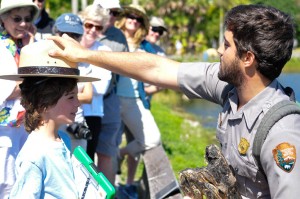
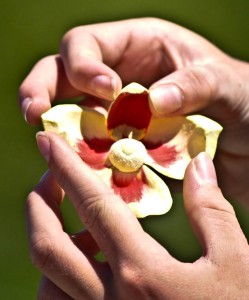

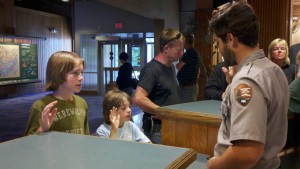

2 Responses to The Everglades